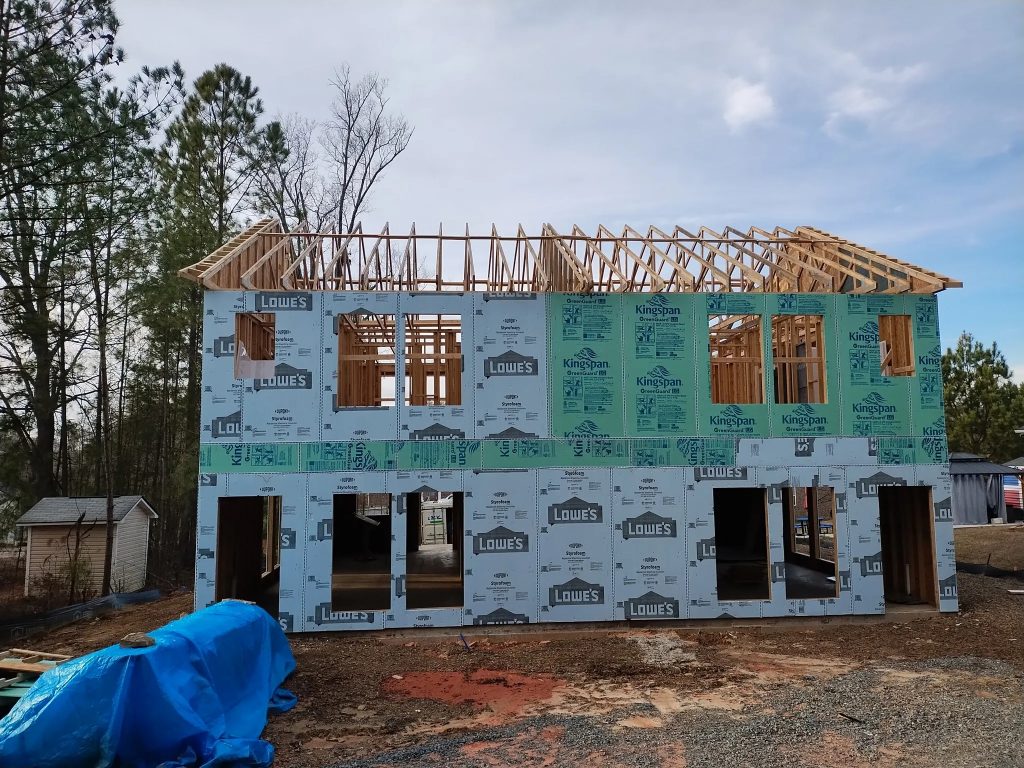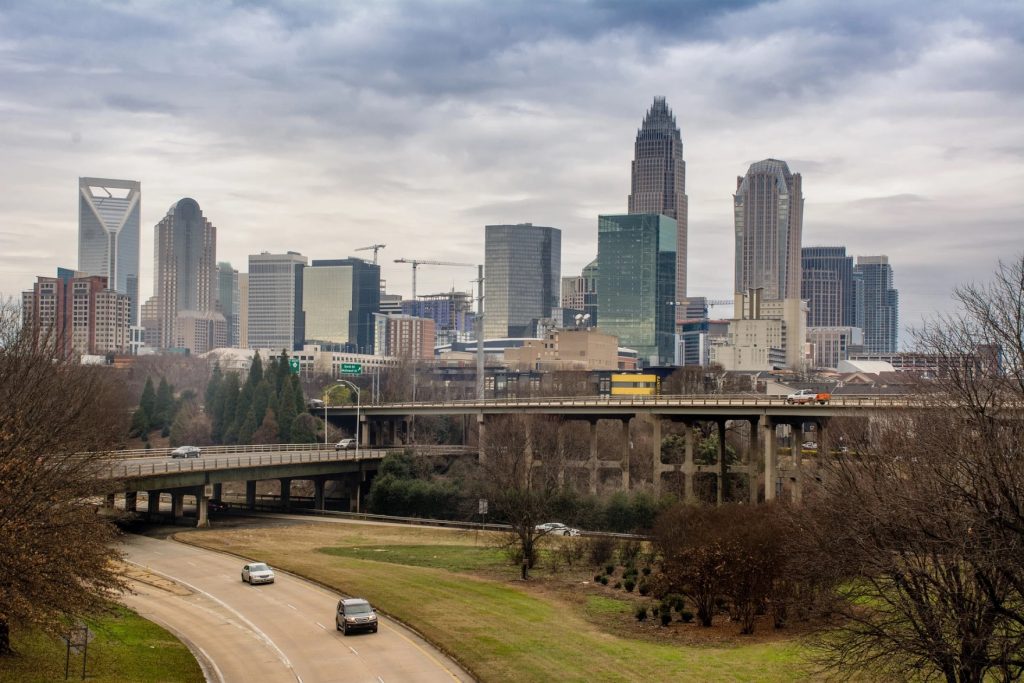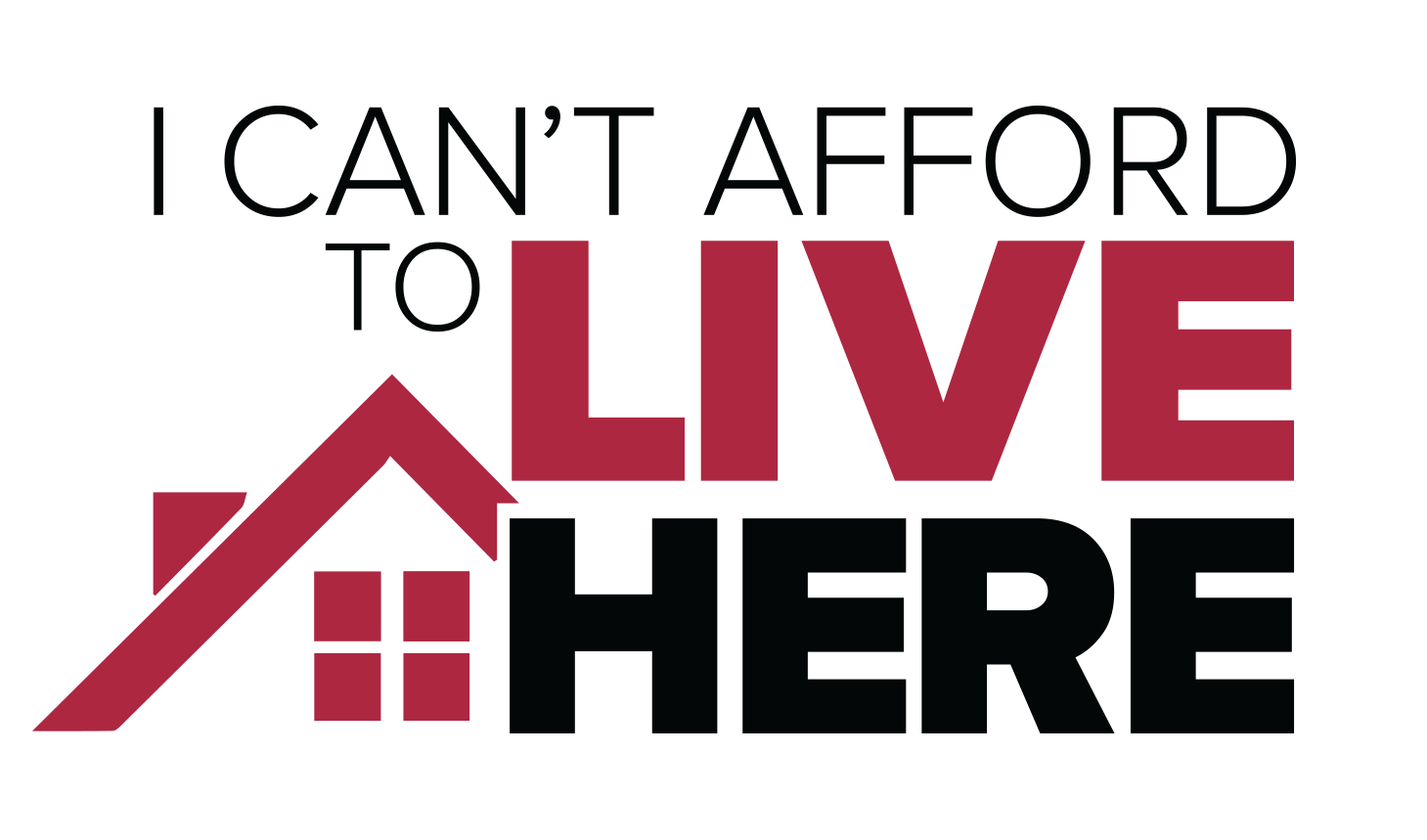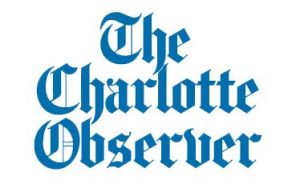By David Boraks
WFAE 90.7
September 16, 2019
A frequent obstacle to developing affordable housing is NIMBY, which stands for “not in my backyard.” Neighbors bombard elected officials with concerns about traffic, crime and demand on city services as they try to halt new developments. Often, they succeed in blocking developments.
But in some cities, there’s now a growing pro-development movement called YIMBY — for “yes in my backyard.”
The YIMBY movement got rolling over the past decade in places where housing costs have skyrocketed because of population growth, lack of available land and the boom in luxury apartments. YIMBY groups support denser development with more housing — especially affordable housing. The idea is that if you build more, the growing supply will keep down the cost of renting or buying.
Jesse Kanson-Benanav helped form a YIMBY group called A Better Cambridge near Boston in 2012, when NIMBY forces wanted to restrict residential development in a neighborhood called Central Square.
“I believe strongly that we need to create higher-density communities near existing infrastructure, near jobs and near services and Central Square, frankly, is a place where we should be building more housing and not less,” Kanson-Benanav said.
The group won its fight and began tackling other issues — and supporting projects that members felt achieved those goals.
Some YIMBY groups also come at it from an environmental perspective, arguing that denser, walkable development will make it easier for people to ditch their cars and fight climate change.
A Social Justice Angle
YIMBYs also typically oppose the exclusionary nature of NIMBY campaigns that can lock out people of color and low incomes from certain neighborhoods. Some got turned on to YIMBY-ism after reading “The Color of Law” by Richard Rothstein. That book lays out how segregation in America was enforced through local zoning and federal policies in the early- and mid-20th century.
The book inspired the formation of a group in Charlotte earlier this year called Equitable Communities CLT.
“Our goal is to help inform the community about issues near-term related to affordable housing and to help hold the city and county elected officials accountable for making progress on an acknowledged crisis situation,” said co-founder Peter Kelly.
Kelly founded the group along with his wife Mary Kelly, and Ricky Woods, senior minister at Charlotte’s First Baptist Church-West, who served on the city’s Leading on Opportunity Task Force.
Global Movement
YIMBY groups started in places like San Francisco, Seattle, and Boulder, Colorado, where the first YIMBY conference was held a few years ago. (The next will be in 2020 in Portland, Oregon.) There are groups in Boston, Washington and Atlanta who taking a pro-development YIMBY approach.
An online directory of U.S. YIMBY groups now lists more than 100 organizations, and there are more around the world — from the U.K. and Canada to the Netherlands and Iceland.
YIMBY groups are speaking up at zoning and city council meetings in favor of specific projects that also may be the focus of NIMBY groups. They’re gathering and analyzing data and presenting their findings to their communities and leaders as they argue for more housing. They’re also lobbying for changes in city ordinances and policies to break down barriers to affordable housing development.
In a few cases, they’ve tried to get ahead of the development curve by presenting their own proposals for vacant properties.
In Atlanta, a group called the Hulsey Yard Study Committee has been organizing around a big vacant freight rail yard and went so far as to draw up its own plans for what the site might look like.
A 70-Acre Opportunity
On a recent midday, study committee chair Nicole Seekely described the scene outside a chain link fence on the south side of the 70-acre property.
“Right now, we’re looking at a vast expanse of just asphalt,” Seekely said. “Up until a couple months ago, for decades there used to be stacks and stacks of colorful shipping containers, and it would be a very active site.”
Hulsey Yard is where railroad company CSX used to transfer freight between trucks and trains. It’s near two Metro Atlanta Rapid Transit Authority transit stations and the Atlanta Beltline, a former rail line that’s been turned into a pedestrian and bicycle trail.
Seekely and others in four surrounding neighborhoods — Old Fourth Ward, Inman Park, Cabbagetown, and Reynoldstown — hope CSX decides to sell, and they wanted to have a say. So, they raised $40,000 and hired their own planning firm. After neighborhood meetings and workshops this spring and summer, the planners, Lord Aeck Sargent, came up with three broad concepts. All three call for open space, new street connections between neighborhoods and more density.
“Because it’s so close to the Beltline … and because we’re pretty close to the MARTA station where we’re standing, I think it would make sense to have more density at this location,” Seekely said. “And with density comes affordable housing, so I think that’s going to be a really great component of the site here.”
City zoning rules adopted in 2017 require new housing units near the Beltline to be affordable for people who make 60-80% of the area median income. Developers of more than 10 units near the Beltline must set aside at least 10% for households earning 60% or less of the area median income or % for households earning 80% or less.
Will Developer And City Support It?
For now, the plan is just a series of ideas for discussion, though Seekely hopes the City Council might adopt it.
“Should CSX actually put the property up for sale and somebody buy it, this would be something that … they can’t just throw away and ignore,” Seekely said. “Not necessarily that they have to follow all of it, but there’s a starting point there.”
Seekely said the neighbors’ unsolicited plans also could help CSX and potential developers gauge the property’s value and understand both what’s technically possible and what neighbors want.
The Hulsey Yard Study Committee didn’t happen by accident. It’s part of a tradition of neighborhood involvement in Atlanta, said consultant Ryan Gravel. He’s known for promoting the idea of developing the Beltline in his master’s thesis.
Gravel said that as the Beltline took shape, the city and developers worked with neighborhoods that already were organized under Atlanta’s Neighborhood Planning Unit system. That was created in 1974 by the city’s first African American mayor, Maynard Jackson, to give neighborhoods a bigger say in planning and zoning.
Gravel called the Hulsey Yard Study Committee a natural next step.
“You know, it’s a big undertaking,” he said. “It’s multiple neighborhoods. It’s a significant site and everybody knows it, and a lot of people said it will never happen. But now, of course, here it is happening, and it’s smart of them to have been prepared.”
The idea of more density on sites like Hulsey Yard is part of a project Gravel worked on with city officials called the Atlanta City Design, completed in 2017. That’s the city’s vision for how it will grow.
“And part of that was, you know, how do you protect people and places that have value in the face of economic forces that otherwise will overrun them?” Gravel said.
In other words, how can Atlanta make sure that growth and development don’t displace longtime residents, especially those with lower incomes?
Focus Of City Planning
Atlanta planning chief Tim Keane also worked with Gravel on the City Design project. He said NIMBY opposition to density and affordable housing often comes down to residents’ unwillingness to accept a growing population.
“I think the first thing that cities have to do, which they rarely do, is say, ‘How can we specifically design a city that gets better and better with more people?’” said Keane, a former planning director in Charleston, South Carolina, and Davidson, North Carolina.
Atlanta’s population is growing rapidly, reversing a decline that saw it shrink from 500,000 to fewer than 400,000 people in 1990. It’s now back around 500,000 and Keane said the Atlanta City Design plans for a city of 1.2 million people.
The challenge, said Keane, is getting residents to embrace change and growth.
“Many cities do what they can to thwart growth,” Keane said. “And residents can’t see a better future with more people and those places are the most unaffordable in America. And that’s what we’re trying to avoid.”
Atlanta Weighs Its Options
Atlanta is considering — and in some cases implementing — all kinds of changes to grow its housing base. Besides requiring affordable housing in some areas, it adopted zoning changes earlier this year to promote what planners call “missing middle” housing in formerly single-family neighborhoods. This might include duplex and quadruplex apartment houses or accessory dwelling units, like garage apartments. These are housing types that were outlawed 30 or 40 years ago.
And Atlanta is spending $50 million to build supportive housing to help people out of homelessness.
At least some groups are embracing change and trying to get out ahead of it. Seekely said the Hulsey Yard Study Committee hopes whatever gets built there will benefit the property owners, existing residents and those who eventually move here.
“There are several horrible developments in Atlanta that were worse through NIMBY-ism, and I just don’t think we need to go about it that way,” Seekely said. “I think this can be a win-win for everybody.”
Seekely says the Hulsey Yard Study Committee now will lobby the city council for support. And they’ll wait — to see if the property comes on the market.
This story was produced by the Charlotte Journalism Collaborative, a partnership of six media companies working together in an effort started by the Solutions Journalism Network and funded by The Knight Foundation.
The collaborative includes these six media companies: Q City Metro, WFAE, WCNC-TV, the Charlotte Observer, La Noticia and QNotes, along with several institutional partners, The Charlotte-Mecklenburg Library, Queens University and Free Press.













